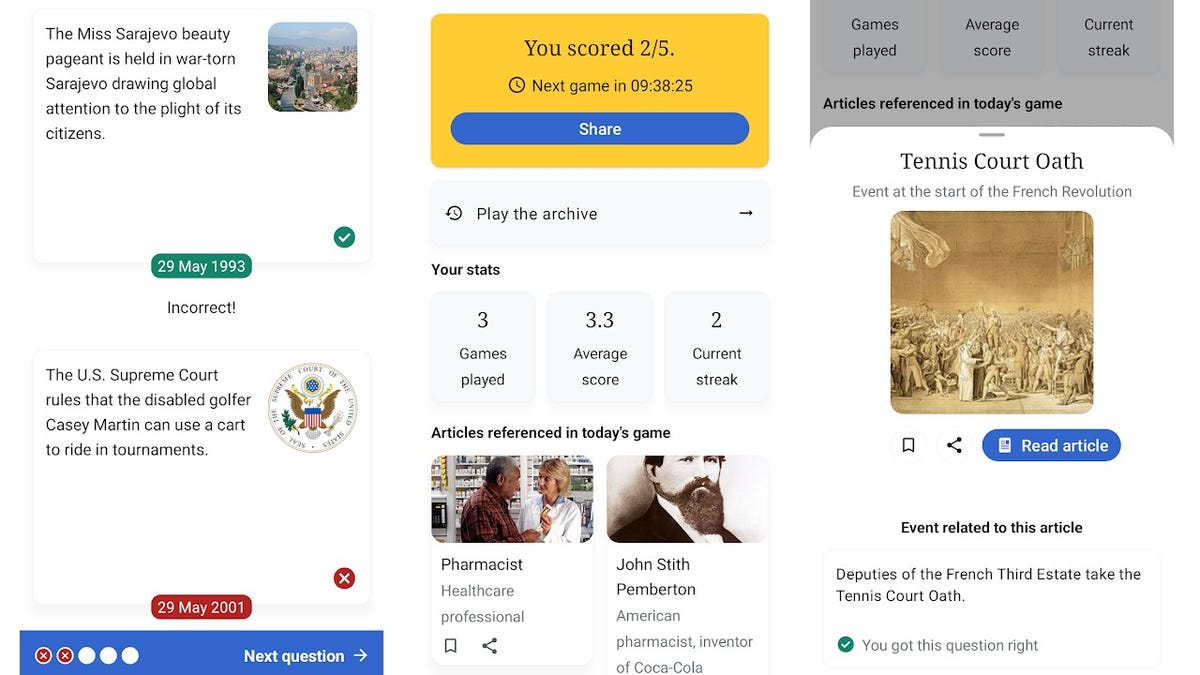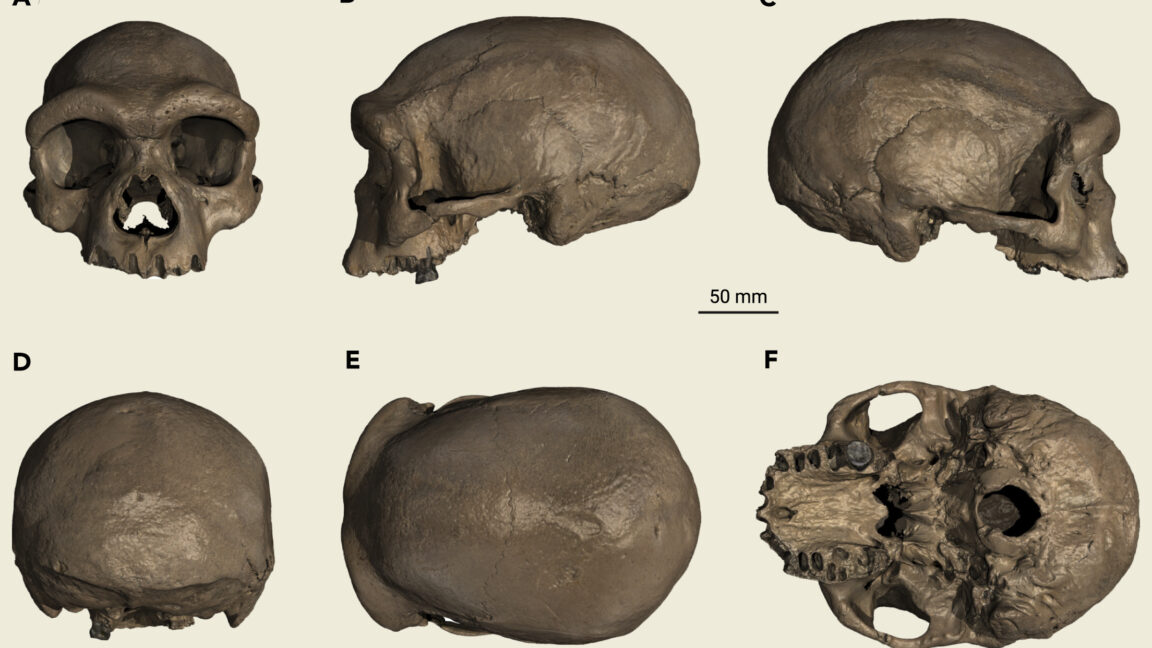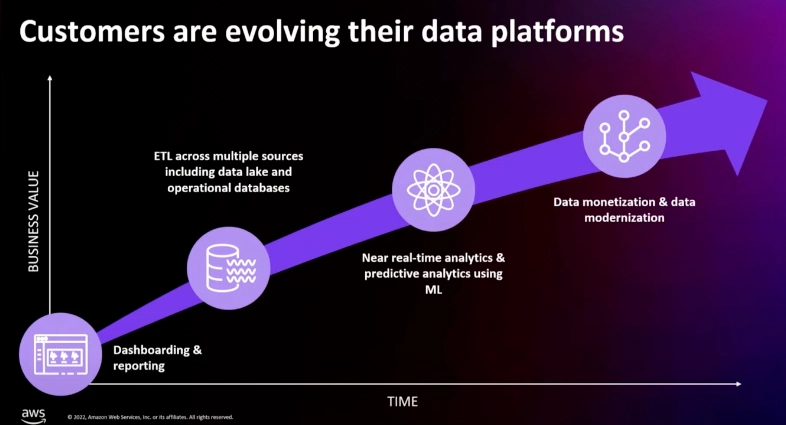Scalable Character Insights from Novels Using Vector Search and LLMs
When dealing with small documents say, 5 to 10 pages it's relatively straightforward to generate text embeddings, store them in a vector database, and perform similarity search to retrieve relevant content. This works well for basic use cases where you need to find simple facts, definitions, or short contextual passages. But what happens when the content isn’t a short article, but an entire novel series like Harry Potter? And what if your goal isn’t just to retrieve a paragraph, but to understand something deep and evolving like a character's personality, motivations, or moral arc across multiple books? This introduces a number of challenges: Volume of data: Thousands of pages with rich narrative. Contextual evolution: A character may grow, change, or contradict themselves across different books. Relevance and focus: Not all scenes matter equally; many contain noise for this task. To handle this effectively and efficiently, we need a multi-layered approach that combines the following techniques: Smart Chunking Named Entity Recognition (NER) Vector Search with Metadata Filtering Retrieval-Augmented Generation (RAG) Smart Chunking Instead of naively splitting the text by fixed token lengths, we apply semantic chunking. This means breaking the text at natural boundaries like paragraphs, chapters, or scenes. Sliding windows can be used to preserve context across adjacent sections. This improves the quality of both retrieval and interpretation by keeping meaningful units of thought together. Named Entity Recognition (NER) We use NER to automatically identify characters, locations, and other key entities throughout the text. This allows us to tag each chunk with metadata, such as: Which characters are mentioned Dialogue vs. narration Scene context (e.g., setting or action) By doing this, we can filter the vector search to only include relevant portions of the text when analyzing a specific character. Vector Search with Metadata Filtering Once the text is chunked and embedded, we store the vectors in a vector database (e.g., FAISS, Qdrant, or Weaviate). When a user query like: “What kind of person is Draco Malfoy?” the system can: Filter the chunks to those that mention Draco Malfoy. Search within that filtered set using semantic similarity. Retrieve the most relevant passages for deeper analysis. This drastically improves both performance and relevance compared to searching across the entire corpus. Retrieval-Augmented Generation (RAG) Finally, the retrieved chunks are passed to a language model using a Retrieval-Augmented Generation pipeline. Instead of just retrieving passages, the LLM is prompted to synthesize an answer based on retrieved evidence. This enables complex, context-aware answers like: Descriptions of a character’s evolving traits Contradictions in behavior across books Emotional or psychological profiling Conclusion Extracting character insights from massive narrative datasets like novel series requires more than just embedding text and running similarity search. It involves a thoughtful combination of: Smart chunking to preserve semantic structure NER and metadata for focused retrieval Vector search to handle scale efficiently RAG pipelines to generate coherent, high-quality answers This approach scales well, offers flexibility, and can be adapted to a wide range of literary analysis or knowledge retrieval tasks.

When dealing with small documents say, 5 to 10 pages it's relatively straightforward to generate text embeddings, store them in a vector database, and perform similarity search to retrieve relevant content. This works well for basic use cases where you need to find simple facts, definitions, or short contextual passages.
But what happens when the content isn’t a short article, but an entire novel series like Harry Potter? And what if your goal isn’t just to retrieve a paragraph, but to understand something deep and evolving like a character's personality, motivations, or moral arc across multiple books?
This introduces a number of challenges:
- Volume of data: Thousands of pages with rich narrative.
- Contextual evolution: A character may grow, change, or contradict themselves across different books.
- Relevance and focus: Not all scenes matter equally; many contain noise for this task.
To handle this effectively and efficiently, we need a multi-layered approach that combines the following techniques:
- Smart Chunking
- Named Entity Recognition (NER)
- Vector Search with Metadata Filtering
- Retrieval-Augmented Generation (RAG)
Smart Chunking
Instead of naively splitting the text by fixed token lengths, we apply semantic chunking. This means breaking the text at natural boundaries like paragraphs, chapters, or scenes. Sliding windows can be used to preserve context across adjacent sections. This improves the quality of both retrieval and interpretation by keeping meaningful units of thought together.
Named Entity Recognition (NER)
We use NER to automatically identify characters, locations, and other key entities throughout the text. This allows us to tag each chunk with metadata, such as:
- Which characters are mentioned
- Dialogue vs. narration
- Scene context (e.g., setting or action)
By doing this, we can filter the vector search to only include relevant portions of the text when analyzing a specific character.
Vector Search with Metadata Filtering
Once the text is chunked and embedded, we store the vectors in a vector database (e.g., FAISS, Qdrant, or Weaviate). When a user query like:
“What kind of person is Draco Malfoy?”
the system can:
- Filter the chunks to those that mention Draco Malfoy.
- Search within that filtered set using semantic similarity.
- Retrieve the most relevant passages for deeper analysis.
This drastically improves both performance and relevance compared to searching across the entire corpus.
Retrieval-Augmented Generation (RAG)
Finally, the retrieved chunks are passed to a language model using a Retrieval-Augmented Generation pipeline. Instead of just retrieving passages, the LLM is prompted to synthesize an answer based on retrieved evidence.
This enables complex, context-aware answers like:
- Descriptions of a character’s evolving traits
- Contradictions in behavior across books
- Emotional or psychological profiling
Conclusion
Extracting character insights from massive narrative datasets like novel series requires more than just embedding text and running similarity search. It involves a thoughtful combination of:
- Smart chunking to preserve semantic structure
- NER and metadata for focused retrieval
- Vector search to handle scale efficiently
- RAG pipelines to generate coherent, high-quality answers
This approach scales well, offers flexibility, and can be adapted to a wide range of literary analysis or knowledge retrieval tasks.












































































































































































![[The AI Show Episode 154]: AI Answers: The Future of AI Agents at Work, Building an AI Roadmap, Choosing the Right Tools, & Responsible AI Use](https://www.marketingaiinstitute.com/hubfs/ep%20154%20cover.png)
![[The AI Show Episode 153]: OpenAI Releases o3-Pro, Disney Sues Midjourney, Altman: “Gentle Singularity” Is Here, AI and Jobs & News Sites Getting Crushed by AI Search](https://www.marketingaiinstitute.com/hubfs/ep%20153%20cover.png)


























































































































![From Therapist to six figure freelance dev [Podcast #176]](https://cdn.hashnode.com/res/hashnode/image/upload/v1750249813414/8cb0019f-db6d-48af-9d20-d0ea3a4040b5.png?#)

















































.png?width=1920&height=1920&fit=bounds&quality=70&format=jpg&auto=webp#)



















![GrandChase tier list of the best characters available [June 2025]](https://media.pocketgamer.com/artwork/na-33057-1637756796/grandchase-ios-android-3rd-anniversary.jpg?#)






















































_Frank_Peters_Alamy.jpg?width=1280&auto=webp&quality=80&disable=upscale#)
































































































![It wasn't just you, Apple Intelligence was down [u]](https://photos5.appleinsider.com/gallery/64086-133417-IMG_2283-xl.jpg)












![Samsung has its own earthquake alert system with options Google should consider [Gallery]](https://i0.wp.com/9to5google.com/wp-content/uploads/sites/4/2025/02/Galaxy-S25-Ultra-Titanium-Jadegreen-1.jpg?resize=1200%2C628&quality=82&strip=all&ssl=1)
















![iPhone 18 Pro Models to Feature Under-Display Face ID, Keep Same Display Sizes [Rumor]](https://www.iclarified.com/images/news/97657/97657/97657-640.jpg)
![Apple M4 Mac Mini Drops to Just $469 — Save $130 [Lowest Price Ever]](https://www.iclarified.com/images/news/97659/97659/97659-640.jpg)



























![Mobile Legends: Bang Bang [MLBB] Free Redeem Codes June 2025](https://www.talkandroid.com/wp-content/uploads/2024/07/Screenshot_20240704-093036_Mobile-Legends-Bang-Bang.jpg)














![It's Not Just You: Apple Intelligence is Down on iOS 26 and Other Betas [Fixed]](https://images.macrumors.com/t/p817t4gw5ljW1ROSxfadhn3mJew=/2500x/article-new/2025/06/iOS-26-Feature.jpg)



























